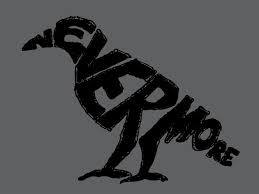October
16
ELA 20: Oct 16 Listening and drawing… at the same time!
- We started the class by answering the questions for Chapter one of the novel. Then I offered the students a choice: continue working on their illustrations while I read, or read the second Chapter together. (Some people can focus on two tasks at the same time, while others cannot. They seemed pretty confident they could focus on both.)
- I started reading the novel, but then realized I could just play the narrated version I have on tape. They worked, I worked, and we all listened. It was a good class!

 s studied a unit on Equality with me last semester in Gr 10. We reviewed some of those topics and the setting for their last novel study,
s studied a unit on Equality with me last semester in Gr 10. We reviewed some of those topics and the setting for their last novel study,